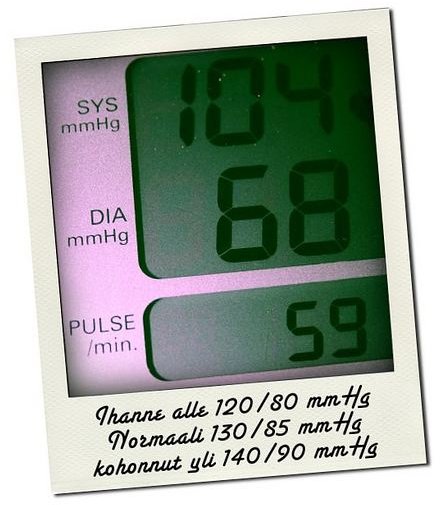Blood Pressure and Heart Rate Wrist Monitor
How Blood Pressure and Heart Rate Wrist Monitors Work
Perhaps the best known device to monitor the condition of one’s heart is by using a heart rate monitor. Blood pressure and heart rate wrist monitor technology can assist a person with concerns by measuring his or her vital signs. The majority of these devices act in real time to give the subject a rapid measurement, helping to warn an individual of dangers.
The earliest forms of heart rate monitors were bulky. They required a person to wear a large box attached to the chest with straps. Two electrodes were attached directly to the person’s chest to monitor the heart rate. Some of the earliest versions required water or liquid to be placed on the body to assist with signal amplification.
Newer versions of the heart rate monitor are available that simple strap to the wrist. Using smart fabric with conductive properties, similar to electrocardiogram (EKG) machines, are placed on the chest. These can send a wireless signal to the wrist monitor, which look like watches. Even more modern versions simply send a signal to a mobile phone application.
These modern blood pressure and heart rate wrist monitor devices can identify additional vital signs that may help an individual better assess his or her condition. This includes variability of the heart rate calorie burning and breathing rate.
Above right: Blood Pressure Monitor. (Supplied by verenpaine2 at Flickr; Creative Commons Attribution 2.0; https://www.flickr.com/photos/idhren/3187114405/)
Benefits of Wrist Monitors
After a person has had a heart attack or is suffering from high blood pressure that is hard to control, a wrist monitor can be highly beneficial. The information collected by the device allows a person to monitor his or her condition in extreme situations, helping to prevent problems, even death. Additionally, the information gathered by modern blood pressure and heart rate wrist monitor technology can be stored for long periods. This allows physicians and researchers the ability to check a person’s health over a length of time. The more information gathered about a person’s situation and condition during certain activities help doctors better assess the patient’s health.
Cost of a Heart Rate Monitor
In the past, wrist monitors were cost-prohibitive for many individuals. Since the technology was in its infancy, the price of the devices prevented many people who needed them from being able to monitor their vital signs. Today, the devices are very advanced, but produced in large quantities. This helps drive down the cost, enabling many more patients to be able to purchase them. Most insurance plans will not cover the cost of the devices, however, certain plans such as Medicare will. Organizations and charity groups also help with the cost to people having trouble affording the technology.
Overall, blood pressure and heart rate wrist monitor technology has changed the dramatics of measuring vital signs. No longer do patients with risk factors simply have to wonder what the status of their health is at any given time. Today, they can simply look down at their wrist or check a mobile phone application and get all the information necessary to make sure they are staying within desired parameters.
Resources
“How Do Heart Rate Wrist Monitors Work?” Ideas for Women: https://www.ideasforwomen.com/health/fit-5sp-hrm-3.php
“Why Use a Heart Rate Monitor?” Simply Fitness Gear: https://www.simplyfitnessgear.com/heartmonitors/index.html
